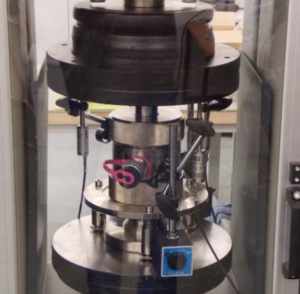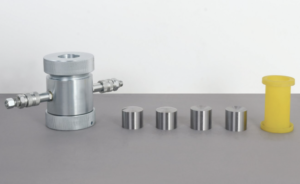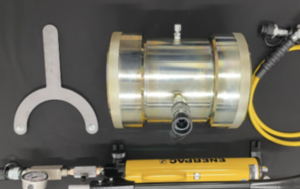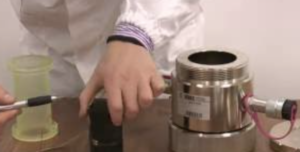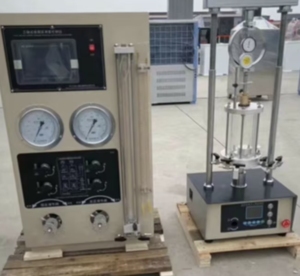Is Triaxial Test Done in Laboratory?
The triaxial test is one of the most widely used laboratory tests in geotechnical engineering to evaluate soil strength, deformation, and stability. By simulating real-world stress conditions, the test provides crucial data for designing foundations, slopes, tunnels, and retaining walls. This article explains the triaxial test procedure, its importance in laboratory settings, and its applications in geotechnical engineering.
What is a Triaxial Test?
A triaxial test is a laboratory procedure used to determine the shear strength and deformation behavior1 of soil and rock under different loading conditions2. The test applies confining pressure ((\sigma_3)) to a cylindrical soil sample while gradually increasing axial stress ((\sigma_1)) until failure occurs.
Key Parameters Measured in Triaxial Testing
- Cohesion ((c)): Measures the soil’s internal bonding force.
- Friction Angle ((\phi)): Represents resistance to sliding between soil particles.
- Pore Water Pressure ((u)): Determines drainage and consolidation behavior.
- Stress-Strain Relationship: Analyzes soil deformation and failure modes.
Comparison: Triaxial Test vs. Other Soil Strength Tests
| Test Type | Stress Control | Pore Pressure Measurement | Application |
|---|---|---|---|
| Triaxial Test | Full control | Yes | Foundations, slopes, tunnels |
| Direct Shear Test | Limited | No | Simple shear strength tests |
| Unconfined Compression | No confinement | No | Cohesive soil strength estimation |
The triaxial test’s ability to simulate real-world stress conditions makes it superior to other soil testing methods.
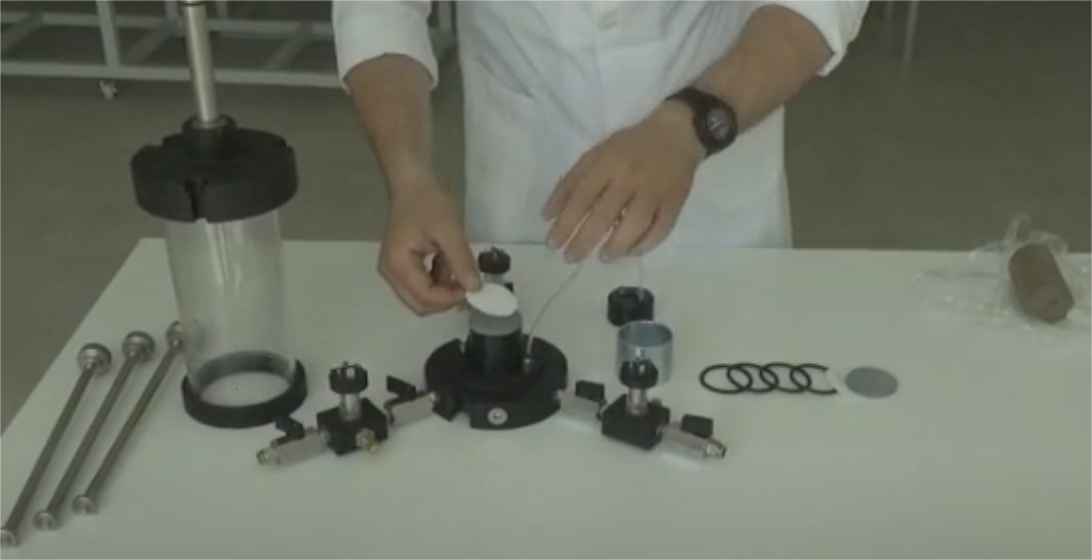
How is the Triaxial Test Conducted in the Laboratory?
The triaxial test is performed in a controlled laboratory environment3 to ensure precision and repeatability4. The procedure consists of three main stages:
1. Sample Preparation
- A cylindrical soil sample (typically 38 mm to 100 mm in diameter) is trimmed and placed in a latex membrane.
- The specimen is set inside a triaxial cell, where it is surrounded by pressurized water or air to apply confining stress.
2. Confining Pressure Application ((\sigma_3))
- The cell is pressurized to simulate buried soil conditions.
- This step allows soil consolidation and pore pressure dissipation (if required).
3. Axial Loading and Shear Strength Measurement
- An axial load ((\sigma_1)) is applied through a piston until failure occurs.
- Sensors measure pore water pressure, stress-strain behavior, and soil failure mode.
Types of Triaxial Tests in the Laboratory
| Test Type | Drainage Condition | Application |
|---|---|---|
| Unconsolidated Undrained (UU) | No drainage | Short-term stability analysis |
| Consolidated Undrained (CU) | Drains before loading | Effective stress analysis for slopes and embankments |
| Consolidated Drained (CD) | Full drainage | Long-term foundation stability |
Each test type provides valuable data for different engineering applications.
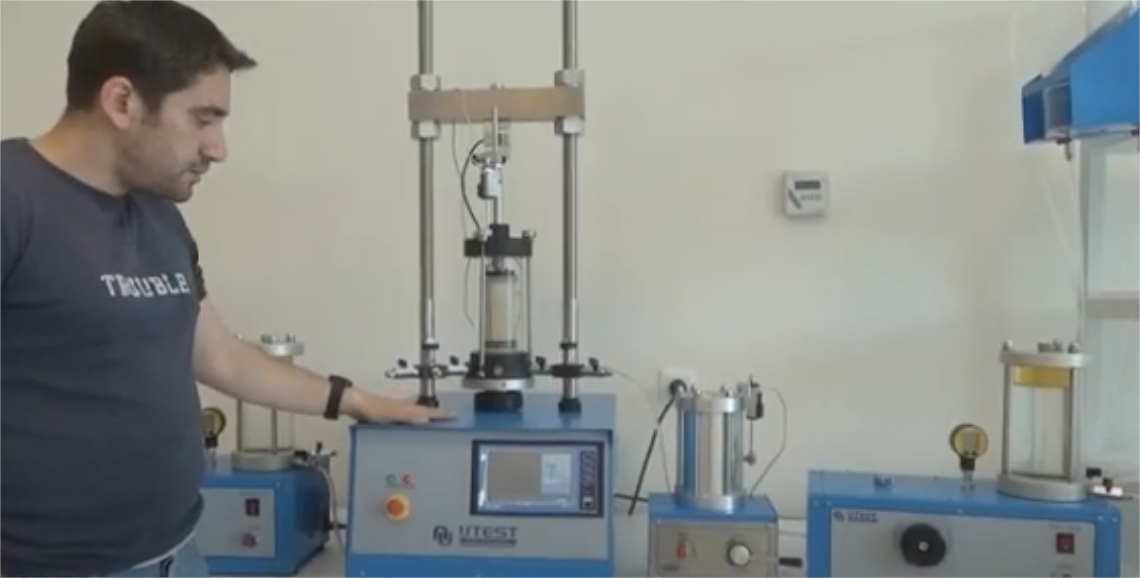
Why is the Triaxial Test Performed in the Laboratory?
Performing the triaxial test in a laboratory ensures precise control over testing conditions5, leading to accurate and repeatable results6. Key advantages of laboratory-based testing include:
1. Controlled Environment for Consistent Results
- Eliminates external factors such as weather conditions and field inconsistencies.
- Allows precise control over moisture content, density, and stress application.
2. High Accuracy in Measuring Soil Strength
- Advanced load cells and pressure transducers improve measurement accuracy.
- Pore pressure sensors help analyze soil drainage behavior7.
3. Simulation of Different Loading Conditions
- The test can replicate earthquake loads, foundation pressures, and slope stresses.
- Engineers can study how soil reacts under real-world conditions.
4. Reliable Data for Engineering Design
- Results help in designing safe and stable structures.
- Data ensures compliance with geotechnical safety regulations.
Comparison: Laboratory vs. Field Testing
| Factor | Laboratory Testing | Field Testing |
|---|---|---|
| Controlled Conditions | Yes | No |
| Pore Pressure Measurement | Yes | Limited |
| Repeatability | High | Variable |
| Real-World Simulation | Limited | Accurate |
While field tests provide real-world conditions, laboratory triaxial testing offers greater precision and repeatability.
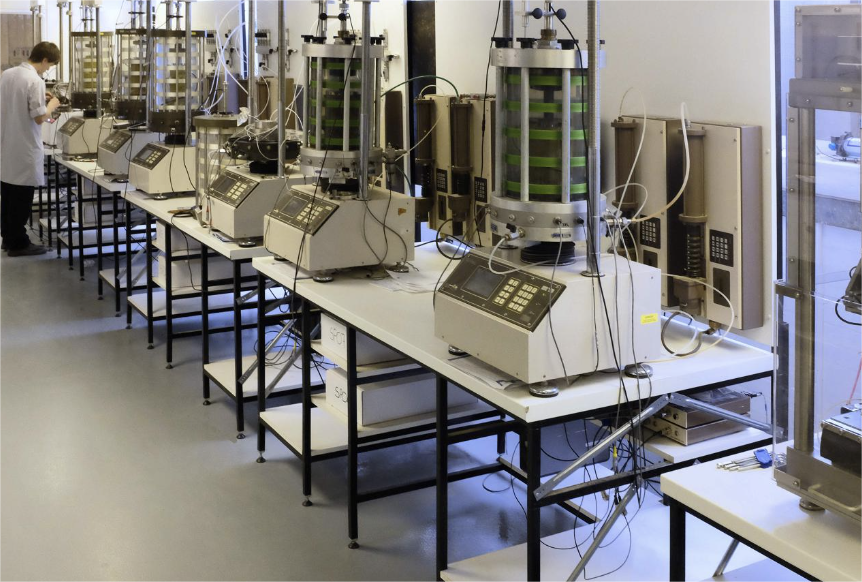
Applications of the Triaxial Test in Engineering
The triaxial test plays a critical role in geotechnical engineering projects, including:
1. Foundation Design
- Determines bearing capacity and settlement potential of soils.
- Helps engineers choose between shallow and deep foundations.
2. Slope Stability Analysis
- Identifies potential landslide risks.
- Evaluates shear strength parameters for slope reinforcement.
3. Tunneling and Underground Construction
- Assesses soil and rock deformation under tunnel excavation.
- Helps design reinforced tunnel linings.
4. Earthquake and Liquefaction Studies
- Analyzes pore pressure buildup to predict liquefaction risk.
- Used for seismic-resistant foundation design.
Example: Triaxial Test in Road Construction
A highway embankment project required shear strength evaluation of compacted soil layers. The triaxial test confirmed that dense sand had a friction angle of 38°, ensuring the embankment’s stability under heavy traffic loads.
| Engineering Application | Purpose of Triaxial Test |
|---|---|
| Foundations | Determines bearing capacity and settlement |
| Slopes & Embankments | Identifies shear strength and stability |
| Tunnels | Assesses stress-strain response under excavation |
| Earthquake Engineering | Predicts liquefaction and dynamic stability |
By providing accurate soil behavior predictions, triaxial testing ensures safe and efficient infrastructure development.
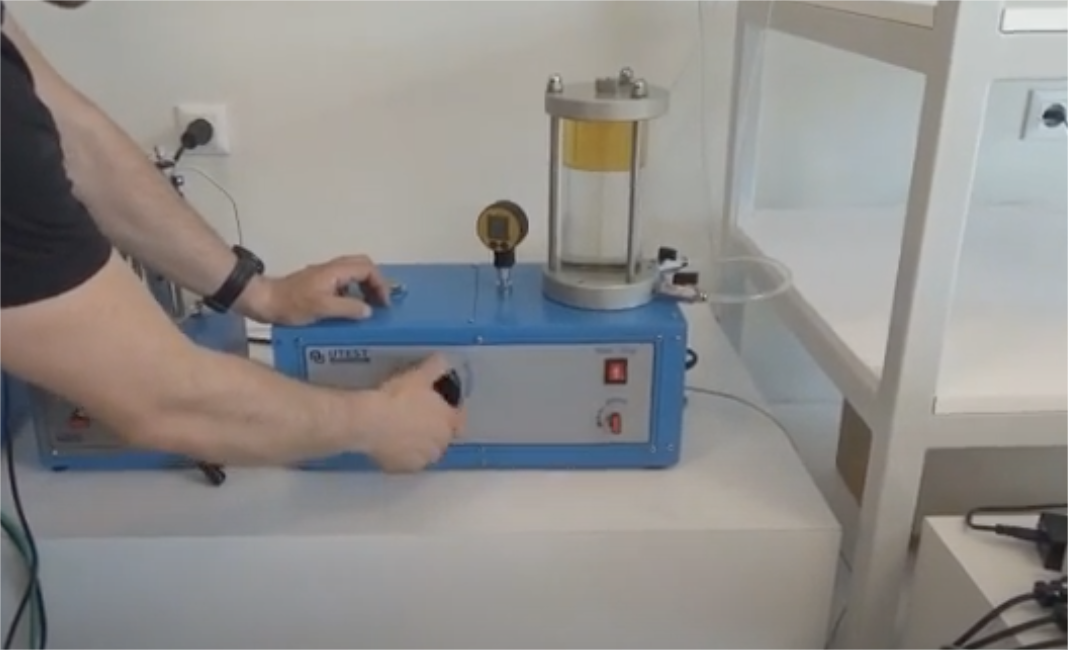
Conclusion
The triaxial test is primarily performed in laboratories to ensure high accuracy, controlled conditions, and repeatable results. By simulating real-world stress conditions, the test provides critical data for foundation design, slope stability, tunnel excavation, and earthquake risk assessment. As a cornerstone of geotechnical engineering, laboratory-based triaxial testing continues to play a vital role in safe and reliable infrastructure development.
-
Exploring this topic helps in understanding soil stability, which is vital for construction and infrastructure projects. ↩
-
Learning about loading conditions enhances knowledge of soil testing methods and their applications in engineering. ↩
-
Understanding the controlled laboratory environment is crucial for grasping how precision and repeatability are achieved in soil testing. ↩
-
Exploring the significance of precision and repeatability can enhance your knowledge of reliable testing methods in geotechnical engineering. ↩
-
Understanding the importance of controlled testing conditions can enhance your knowledge of laboratory testing methodologies. ↩
-
Exploring this topic will provide insights into the reliability of laboratory testing and its impact on engineering. ↩
-
Learning about soil drainage behavior is crucial for understanding soil mechanics and its applications in engineering design. ↩


